Tawseef Khan is a qualified immigration solicitor and academic who made his literary debut with the acclaimed non-fiction book Muslim, Actually. His first novel Determination, originally published in 2024 and now available in paperback, brings his legal and creative worlds together in a powerful, emotionally rich story.
Set in a Manchester law firm, Determination follows Jamila, a 29-year-old immigration solicitor juggling frantic client calls, family expectations and her own wellbeing. Based on Khan’s lifelong proximity to immigration law, including his father starting a practice from their living room, the novel explores the human cost of a broken system with compassion, wit and clarity.
In this interview with Eastern Eye, Khan reflects on the journey behind Determination, his inspirations and why writing about immigration is as much about love as it is about justice.
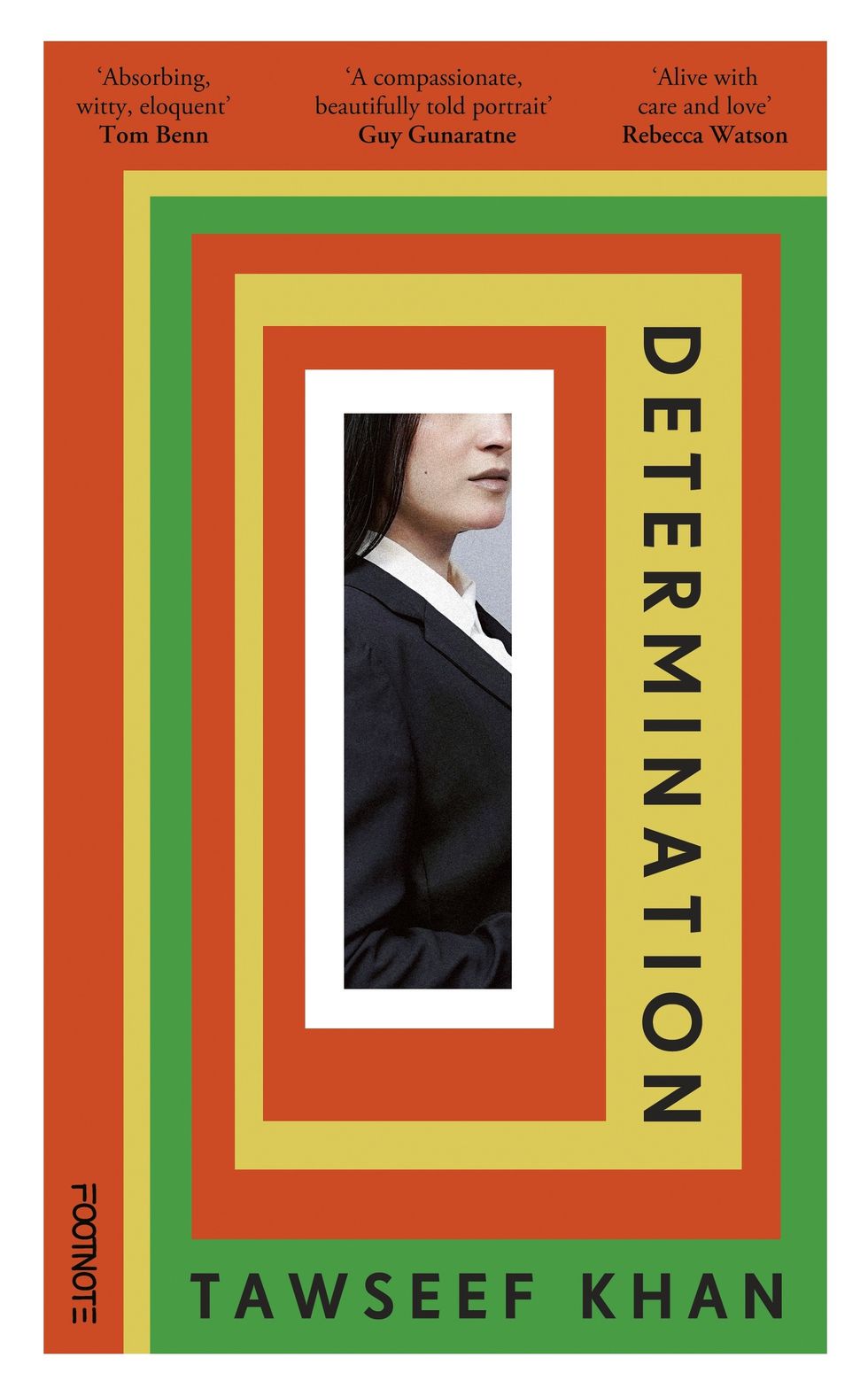
What first connected you to writing?
I've always been an avid reader, ever since I was a child. It helped that my parents were strict about everything except buying books. From there, I started watching TV shows and writing them out in my notebook. I loved the feeling of putting the story down on paper, making sense of what had happened.
What led you towards writing your debut novel?
I grew up with a dad who was an immigration solicitor. He started his practice from our living room when I was about six years old, so it is all I have ever known. I knew there was a strong story there. Immigrants and immigration lawyers are poorly understood but easily reviled. I wanted to explore what it was like to be inside the immigration system, navigating that bureaucracy and helping vulnerable people through the cruelty. It is a lot of pressure.
Tell us a little bit about the story of your book.
Jamila is a 29-year-old immigration solicitor who has inherited the family's precious law firm. She is prone to being woken in the middle of the night by frantic phone calls from clients on the cusp of deportation. She works every hour that God sends her, with no time for friends, family or even herself. Jamila’s life feels hectic and out of control. Then a breakdown of sorts forces her to seek change, to pursue her own happiness while navigating the endless expectations that others seem to have of her and still committing herself to a career devoted to helping others.
What inspired the story, and is any of it drawn from real-life incidents?
While it is inspired by my background, none of the stories or cases in the book are drawn from real life. That would be unethical and would probably get me into trouble since I am still a practising solicitor. But I borrowed a lot from the energies in our office. And since I have a PhD examining the British asylum system, I took a lot from my own research.
What is your own favourite passage of the book?
It is about a character called Nazish, who is appealing the Home Office’s decision to refuse her case. As she fights with Jamila to tell her story on her own terms, there is one part she has been keeping back – the experience of being sent to a detention centre.
Is there a key message you want to convey with this book?
Immigrants are the lifeblood of this country and deserve to be treated with more dignity and respect, as do the lawyers representing them.
What inspired the title Determination?
In immigration law, a final decision is often called a ‘determination’. So the book is constantly exploring the tensions in that term – the desire to build a life for yourself versus the right of the system to decide its outcome for you. It is about power and agency, really. And the term also contains the word ‘deter’, an important reference to Theresa May’s ‘hostile environment’.
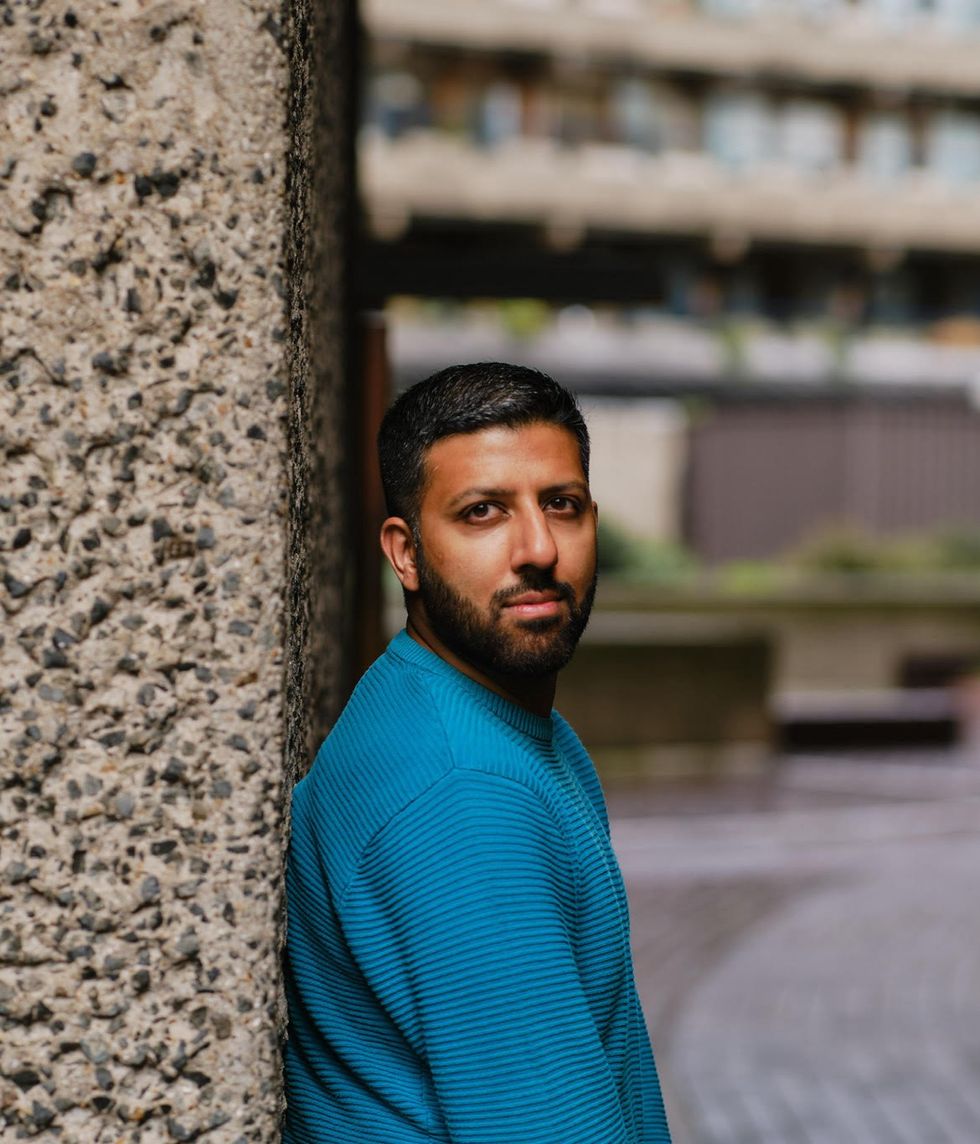
How did you feel when the hardback was published last year?
Elated. The book was a hard one to write and it had a long road to publication: I had the idea at 23, I started writing it at 29, and I published it at 37. My parents were very proud too. This book is, in a way, a love letter to how they raised me and the life we have lived – in service to our clients.
Who are you hoping connects with your novel?
People who are interested in reading about the world and understanding it better. I did not write the book for any audience in particular, but there is no doubt that those who care about migration issues, about the world we currently live in, and who have some affiliation with south Asian communities will feel seen and represented in this book. How many times do we get to say a book is filled with smart, independent and unapologetic brown women?
What kind of books do you enjoy reading yourself?
I have always tried to read the ‘world’, using it to travel to places and lives I could not imagine visiting. Since I write both fiction and non-fiction, I tend to read both too.
What, according to you, makes for a great novel?
That is a hard question. I think it has to be some combination of complex characters, a compelling story and gorgeous prose – but I am open to it all.
What inspires you as a writer?
I find inspiration everywhere – in films, books, TV shows, paintings, my garden, and in my culture, community and family. These are the stories I am most interested in telling.
What can we expect next from you?
I never speak of the next project until it is a solid, confirmed thing – I am very superstitious. But also, publishing is such a difficult, unpredictable industry, you never know if you will be lucky enough to publish again.
Why should we pick up your new book?
Because it is moving, enlightening, funny and hopeful, all in one. And it is written with a lot of love for South Asian communities in Britain – men and women, and the different generations of migrants that have come here.
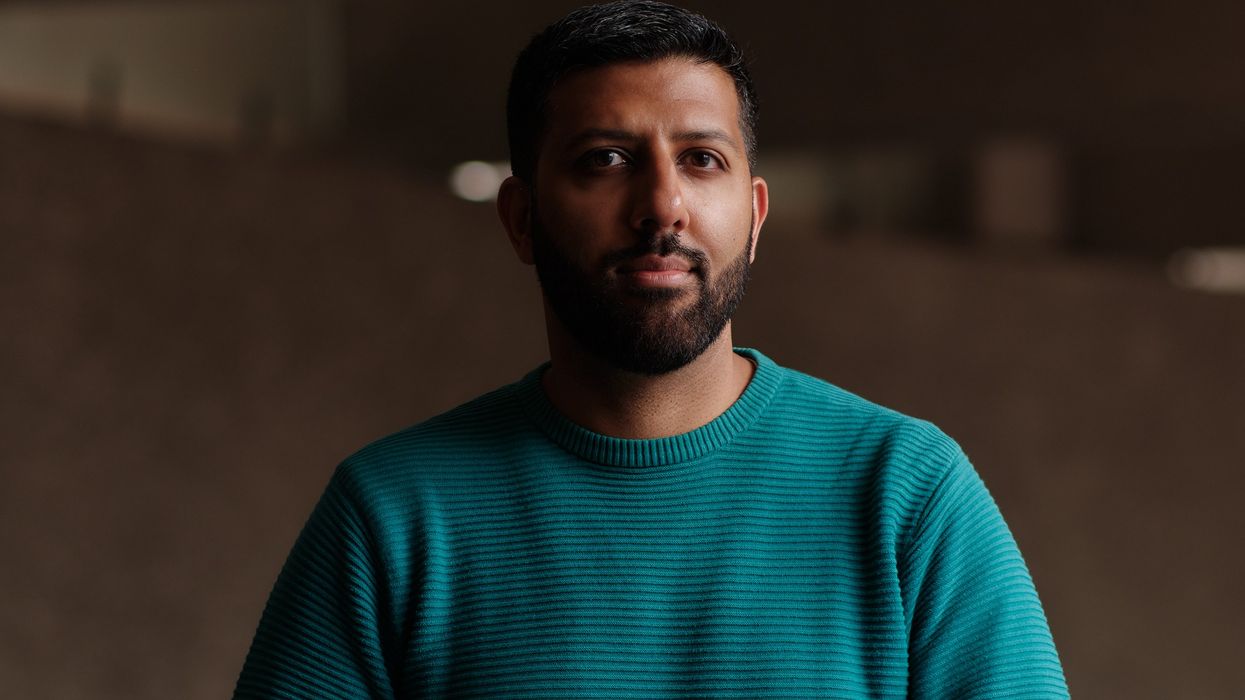
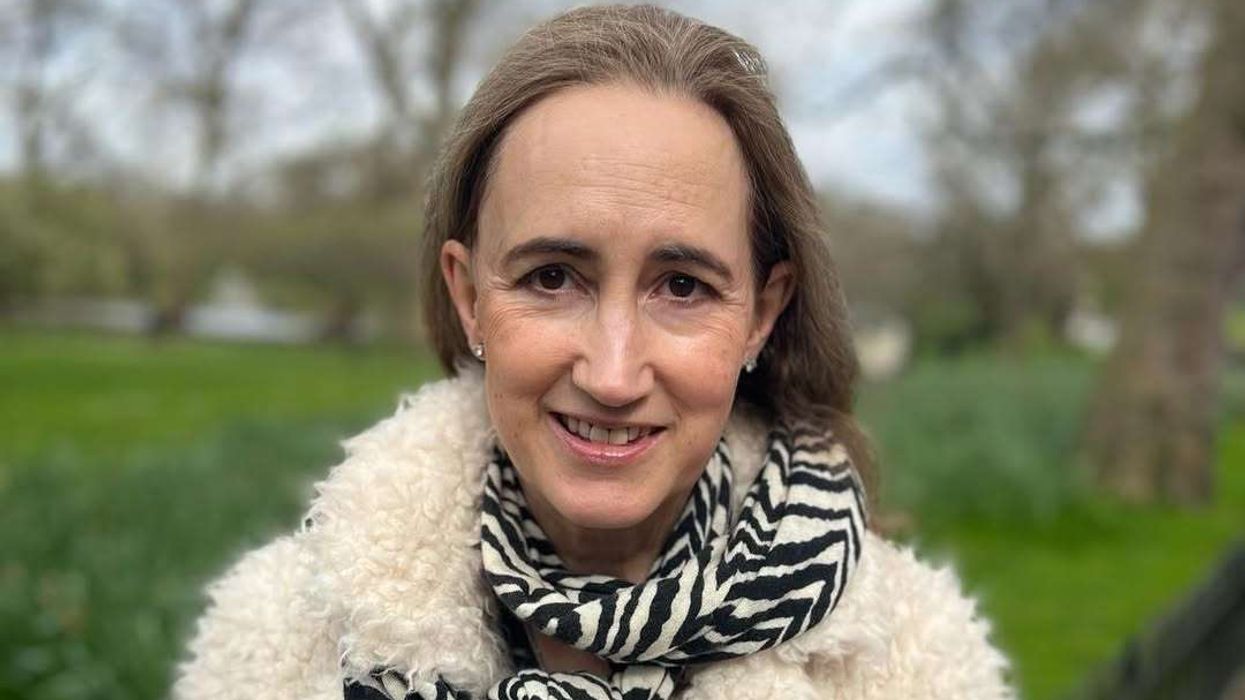


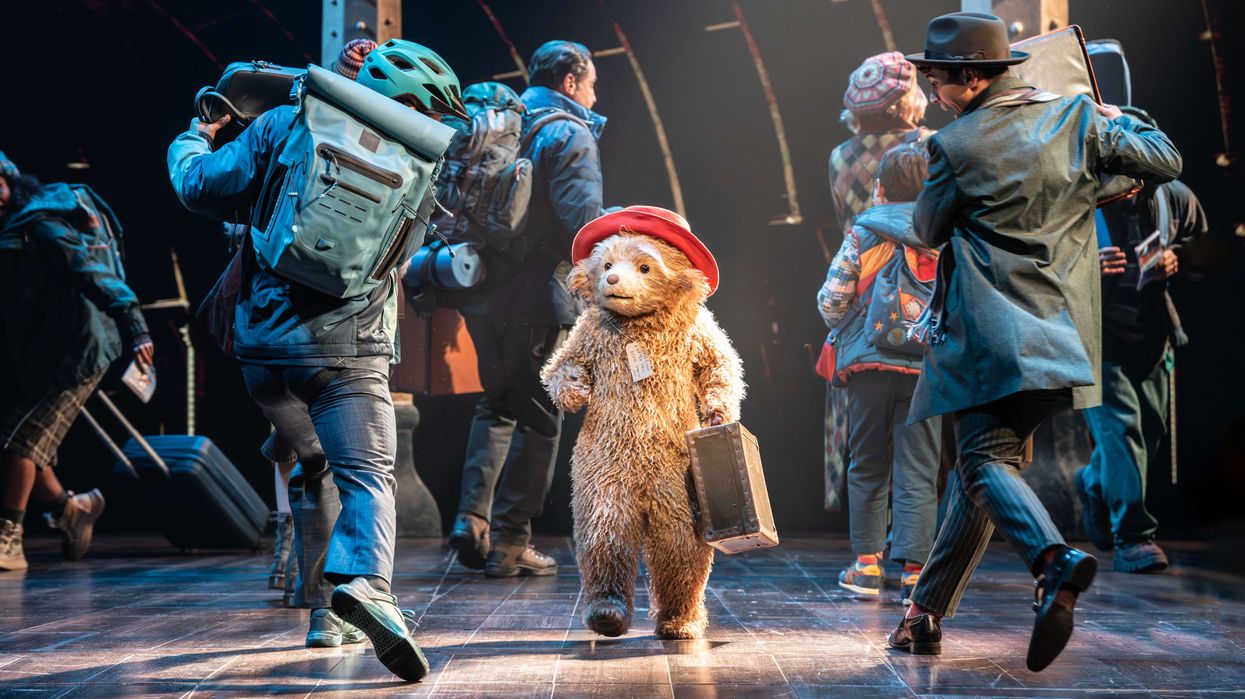

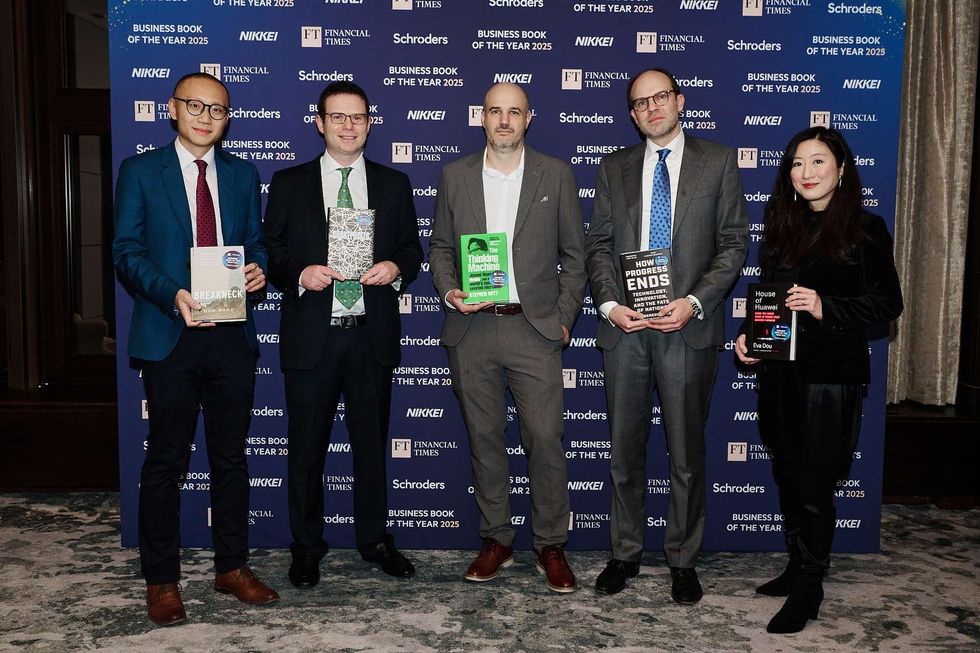 Shortlisted authors Dan Wang, Edward Fishman, Stephen Witt, Carl Benedikt Frey and Eva Dou
Shortlisted authors Dan Wang, Edward Fishman, Stephen Witt, Carl Benedikt Frey and Eva Dou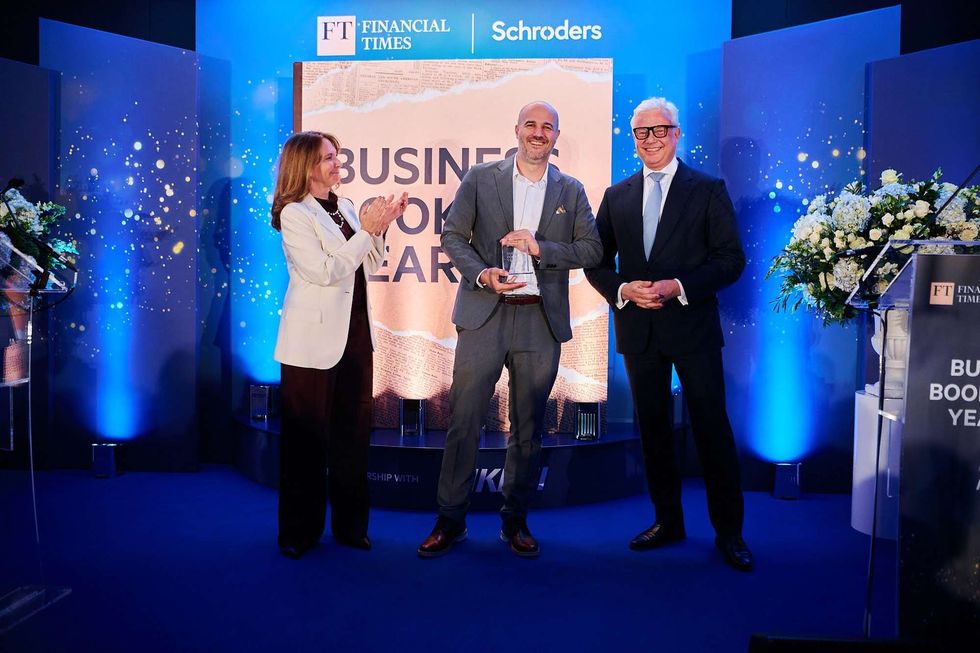 Roula Khalaf, Stephen Witt and Richard Oldfield at the awards ceremony in London
Roula Khalaf, Stephen Witt and Richard Oldfield at the awards ceremony in London  Daisuke Arakawa
Daisuke Arakawa Paschal Donohue
Paschal Donohue





